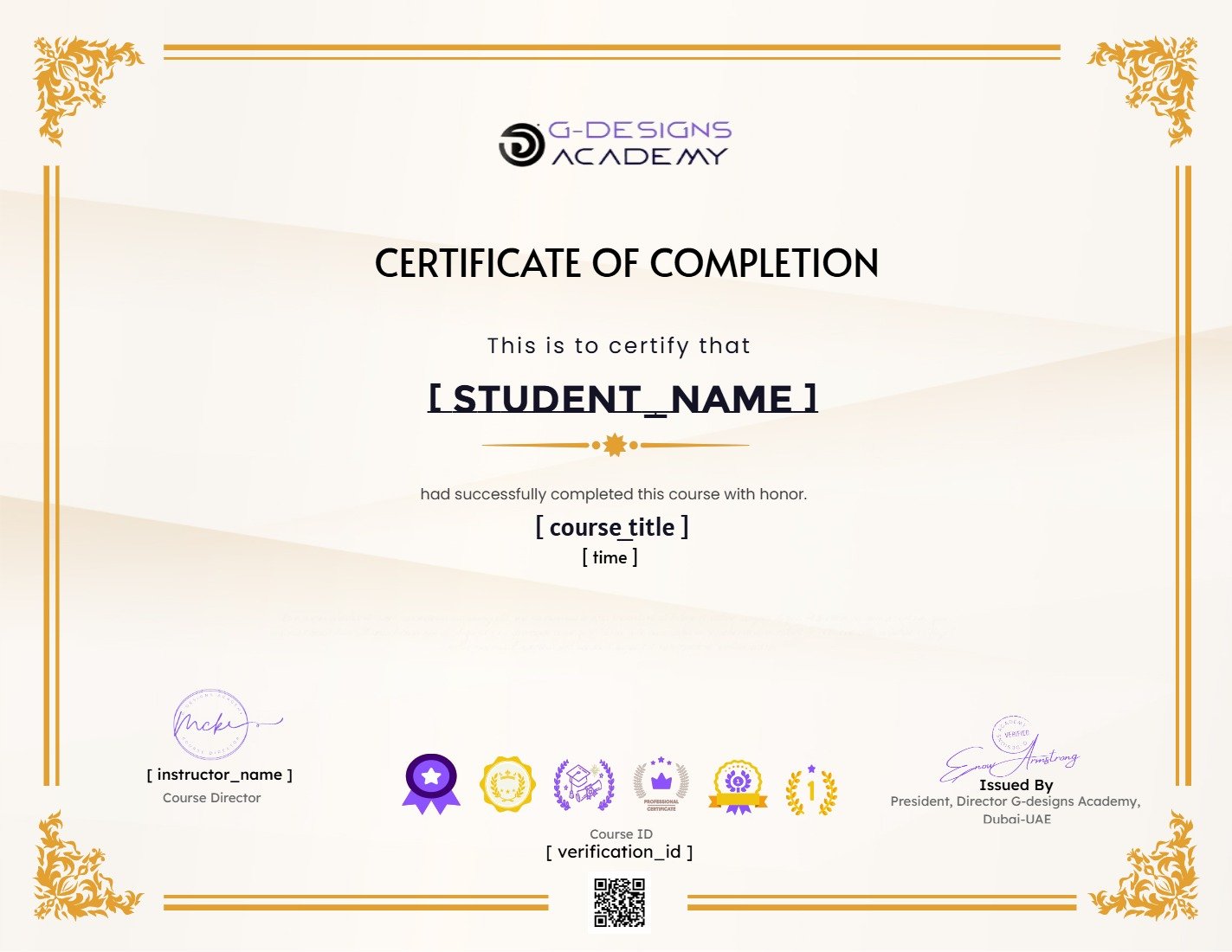Complete WordPress Web Design Course
About Course
Complete WordPress Web Design Course, Beginners Guide.
Building an amazing, responsive website that looks great on desktops, tablets, and mobile phones has never been easy.
Without having to purchase site hosting or a domain name, you can learn WordPress. I’ll demonstrate how to set everything up on your computer using free tools.
NOTE: The most recent WordPress version will always be covered by this course.
This course’s main objective is to show anyone, even a total newbie, how to master WordPress in a short period without using a lot of technical jargon. I promise that once you complete this course, you’ll be equipped with the information you need to create an appealing, responsive website.
About the Course
This course will teach you the fundamentals of WordPress so that you can start building your website with WordPress. You will discover how to install WordPress and create a website. You will learn how to create pages and posts, as well as how to install plugins and themes.
Who is this WordPress course created for?
Have you ever wanted to create a professional-looking website but weren’t sure where to begin? You can now. WordPress for Beginners is a complete course for everyone, regardless of technical competence. This course makes no assumptions about prior knowledge!
At the beginning of the course, I’ll lead you through installing WordPress on your computer, so you don’t have to pay for a web host (or a domain name) while you learn how to use WordPress. If you decide to create a website, you can follow me while I purchase a domain name and hosting and install WordPress online.
Whether you host your site on your computer or with a web host, you’ll be ready to begin learning WordPress. We’ll begin by checking in and taking a look around to become acquainted with the key parts of the Dashboard.
Course Content
Introduction to the Course
-
00:31
-
Why WordPress
02:24 -
Differences Between WordPress.com & WordPress.org
04:44 -
Assignment
What To Do with WordPress ( What is WordPress)
How Much is a WordPress Website?
How to Installing WordPress
WordPress Interface Overview
Navigating Through the WordPress Interface
WordPress Settings
How to Manage WordPress Users and Content
WordPress Themes and Templates
Creating and Setting Up a Static Page and Editing WordPress Content
More About WordPress Menu and Widgets
WordPress Plugins, Content, Categories, and Tags
WordPress Website Security, Password, and Backup
Building a WordPress Website
Bonus Lessons
Final Quiz
Certificate of Completion/Achievement
Add this certificate to your resume to demonstrate your skills & increase your chances of getting noticed.

Student Ratings & Reviews


